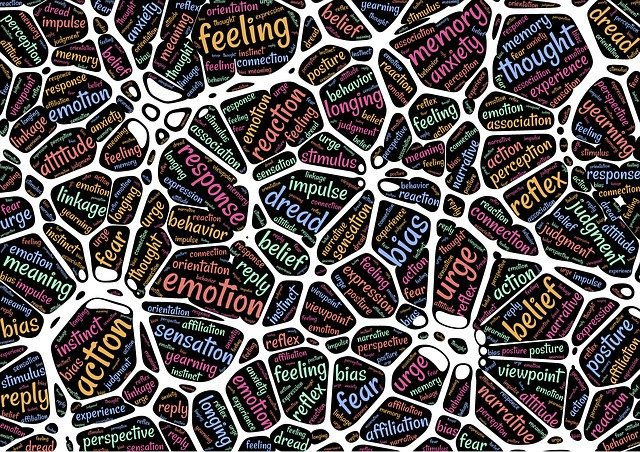- Κωδικός / Course Code: COS622
- ECTS: 10
- Τρόποι Αξιολόγησης / Assessment: Interactive activities (24%), Project (26%), Final exam (50%)
- Διάρκεια Φοίτησης/ Length of Study: Εξαμηνιαία (χειμερινό) / Semi-annual (fall)
- Κόστος/ Tuition Fees: 450 euro
- Επίπεδο Σπουδών/ Level: Μεταπτυχιακό/ Postgraduate
- Αναλυτική πληροφόρηση: COS622_11.2023.pdf
This module provides an in-depth survey of the extant data and models of a wide variety of human cognitive functions. Drawing on behavioral, neuropsychological, and neuroimaging research, the course explores the neural mechanisms underlying complex cognitive processes, such as attention, perception, memory, language, emotion and decision-making. Importantly, the module examines the logic and assumptions permitting the interpretation of brain activity in psychological terms. The module aims to provide students with a strong foundation in the field of Cognitive Neuroscience, a field that studies the intricate links between the mind, the brain, and behavior. Students first learn basics about brain anatomy and function, and about the methods used to study how the brain supports cognition and behavior. Then, the module explores the various functions of the brain by taking a journey from lower- to higher level cognitive processes: we are studying how we can sense and perceive the world, act in it, learn and think about it, and remember it. Current research issues (e.g., brain-behaviour interactions, modularity vs. brain connectivity) are discussed and supplemented with recent peer-reviewed journal articles. Class participation in presenting and critiquing these articles is expected. Moreover, this module provides an introduction into basic human functional neuroanatomy. Students will learn about the principles underlying the anatomical organisation and functional segregation of the human brain. Evolutionary and developmental origins of brain structure and function, as well as the relation between brain structure and function are also discussed.





